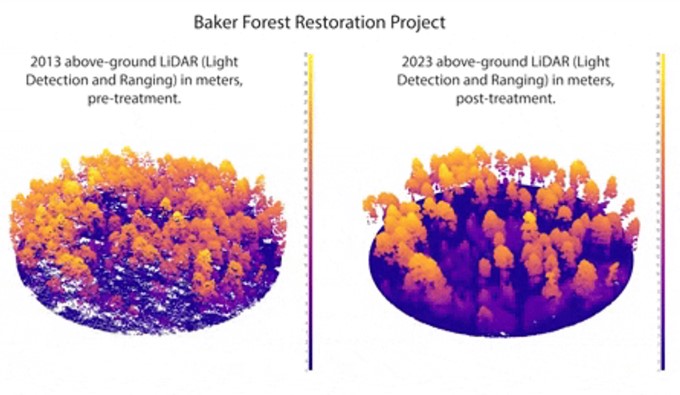Most people are happier on weekends. We know that because a government study proved it. Without such studies, you may not know that people drive poorly when talking on a cellphone, or that the elderly cherish happy memories more than sad ones. A Journal of Neurology study found that mixing drinking and drugs is worse than either by themselves; and two social scientists from the universities of Minnesota and North Carolina discovered that days packed with too many meetings left employees feeling tired and burned out.
The Psychonomic Bulletin and Review published a University of Washington psychologist’s study proving faraway objects are more difficult to identify than close-up ones, and a Cincinnati Children’s Hospital study confirmed – at last – that swallowing more than one magnet is a bad idea. An Ohio State sociologist discovered that smoking not only causes health problems, but also costs money!
Every year taxpayers spend millions funding a myriad of studies, often with results that merely confirm the obvious. One writer called them “hard science studies that answer some of the world’s least pressing questions.”
If there is an award for such research, I nominate Arizona State University (ASU) and the Salt River Project (SRP). The two teamed up for a series of research projects, from urban transit and energy to education and “water security,” meaning water supplies. A new report has finally emerged from that “strategic partnership” which includes a computer model demonstrating that forest health is directly related to both water supplies and water quality. They could have knocked me down with a feather when I found that out.
Don’t get me wrong. The computer model is impressive. The research was conducted by ASU’s “Center for Hydrologic Innovations,” part of the new “Arizona Water Innovation Initiative,” which is a statewide project led by the “Julie Ann Wrigley Global Futures Laboratory,” in collaboration with the “Ira A. Fulton School of Engineering” – Just so you can imagine how much taxpayer money is in this. The researchers used already-existing government datasets to map the forest, then added measurements using “LiDAR” (light detection and ranging), an aerial sensing technology that uses laser light and color.
They created a virtual forest that placed individual trees onto the landscape, and a high-resolution map so detailed it shows tree sizes, heights, and species. And with historical watershed data, it can compare runoff before and after digital forest thinning. The moving map is fun to watch and clearly shows that after thinning – there are fewer trees. And the remaining trees are larger, healthier, and contain more water. What a revelation.

The Center’s director says, “That three-dimensional nature of the project is something really unique… It represents the snowpack, water and channels.” Now, he added, “We have the ability to do thinning in a smart way.” Meaning on a computer, rather than actual thinning in the actual forest, which might actually affect both forest health and water supplies. The intent, of course, is to demonstrate with real numbers the impact on water, which shouldn’t be necessary, though it has become apparent that many activists have no idea that stopping forest management has these negative consequences.
Putting some numbers on it might help. SRP and ASU piloted this technology in the Kaibab National Forest and showed that thinning 3,400 acres to a more natural density would generate as much as 230 more acre-feet of water, or nearly 75 million gallons, during the first year.
When I was at the helm of Colorado’s Department of Natural Resources, we pushed for better forest management, specifically citing the disastrous effect on water supplies of an overgrown forest. The environmental lobby quickly labeled the strategy “logging for water,” trying at the time to attach an unpopular epithet to a serious issue. Now, even they have figured out that overgrown jungles where there were once healthy forests negatively impact not only water quality, but water supplies, too. The ASU/SRP press release headline says that while reducing wildfire risk, “Forest thinning increases water supplies downstream.” Duh.
As SRP explains, “After a wildfire, rainfall washes ash and debris into rivers and reservoirs. The large amount of material that washes into SRP’s reservoirs reduces the system’s water storage capacity and can damage water infrastructure downstream such as dams and water treatment plants.” We’ve seen that for decades. In 1996, Denver’s Strontia Springs Reservoir almost completely filled with sediment after the Buffalo Creek fire and cost tens of millions to restore.
The ASU/SRP project was announced on May 21, and the results published in less than a month. Conclusion: active forest management benefits water supplies. Some of us could have written that in less than a day – not the cool computer simulation model, but the overall strategy it suggests was already obvious before they started this work. Their conclusion can hardly be called news.
Perhaps some folks still don’t know that water and forest health are related. Fortunately for them, there are scientific government-funded studies.




Just got back from Alaska. No forrest management since Bill Clinton stopped logging in 1993. Forrest have abundent number of fallen and infected trees. Logging morretorium ended primary revenue for Alaskan’s. Just think if lumber was produced how it would affect lumber prices which are the main element in building a house. Just a thought.
Comments on this entry are closed.
{ 1 trackback }